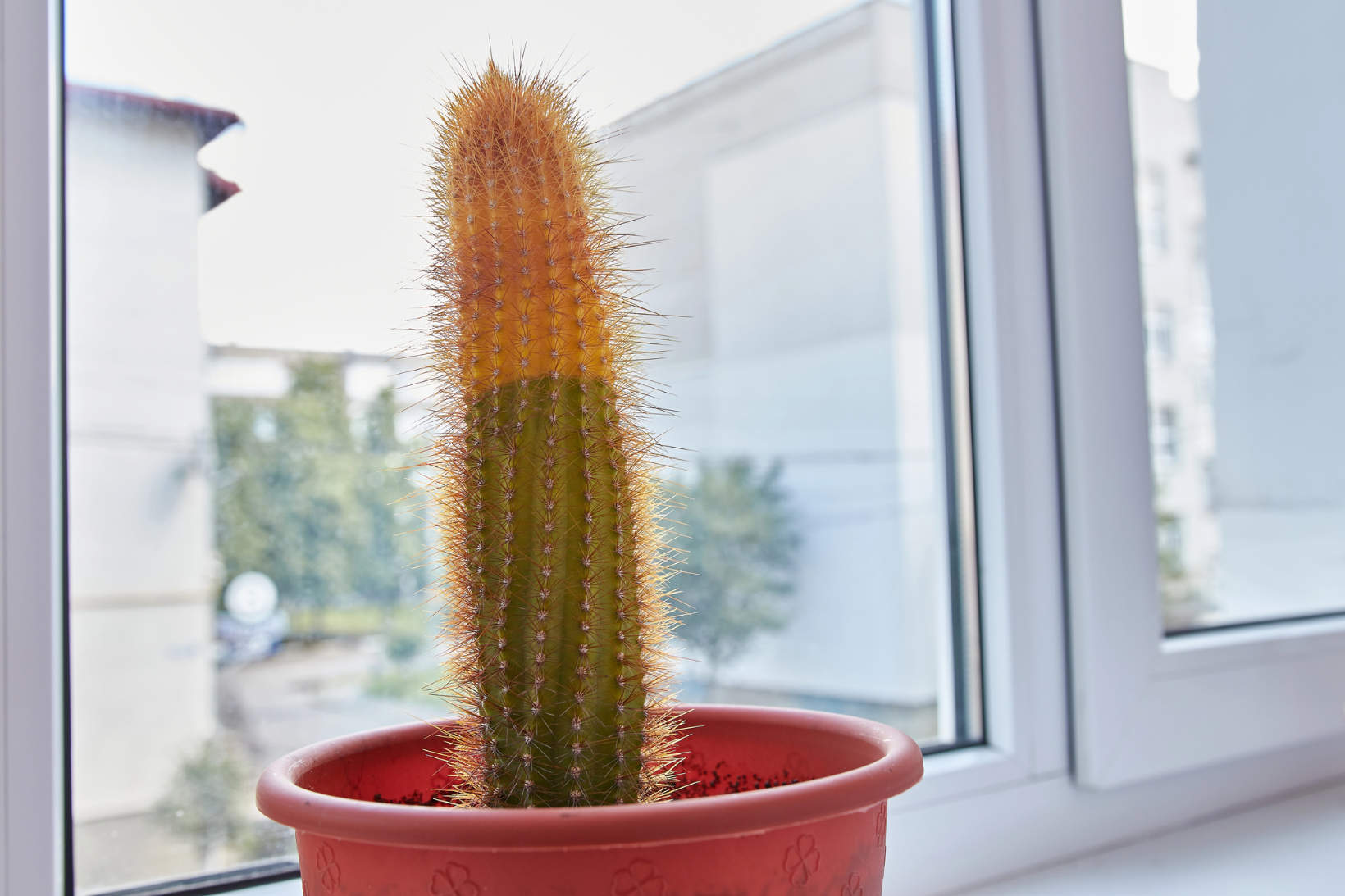Cactus Sunburn: Prevention, Identification, and Treatment
Cacti are known for their hardiness, thriving in deserts and other harsh environments. Yet, just like humans, they can suffer from sunburn when exposed to too much sunlight. If your cactus appears discolored or has signs of damage, it might be sunburned.
Sunburn causes the surface of the cactus to turn yellow or white, eventually leading to brown patches. This damage makes it harder for the cactus to photosynthesize effectively. Quickly moving your cactus to a shadier spot can help it begin to recover.
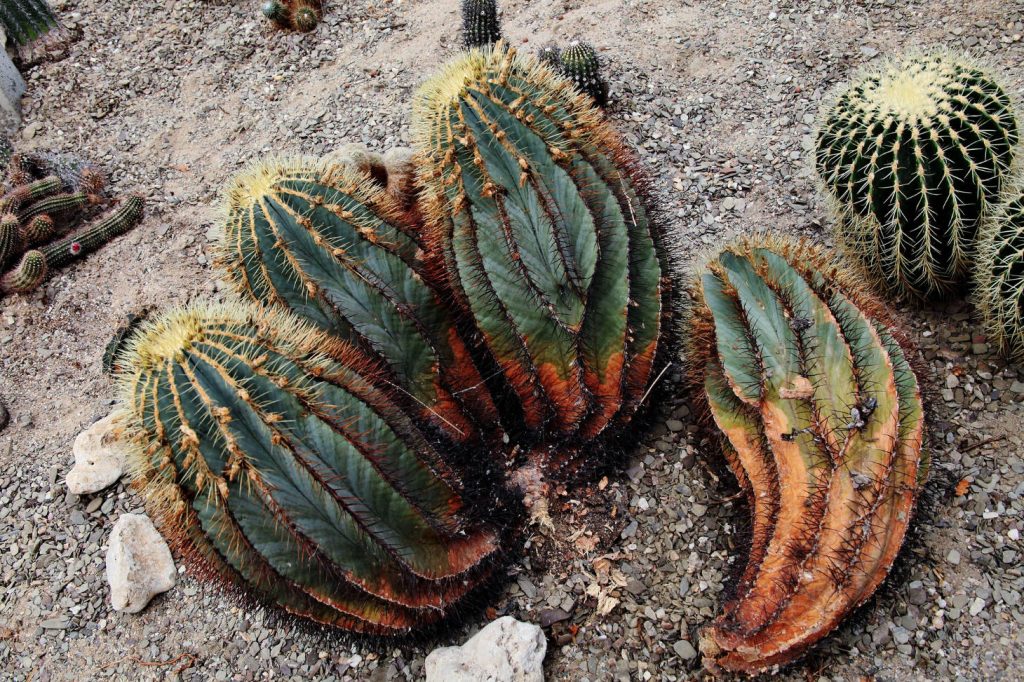
The good news is that most cacti can bounce back with proper care. Keep your plant in a warm area with indirect sunlight and ensure it receives enough water without flooding it. By adjusting the light exposure and being patient, your cactus can heal and regain its healthy appearance.
Key Takeaways
- Cacti can suffer sunburn when exposed to too much direct sunlight.
- Sunburn damage affects the cactus’s ability to photosynthesize.
- Moving to shaded areas helps recovery and promotes health.
Understanding Cactus Sunburn
Cactus sunburn can impact how your plants look and grow. Identifying signs early can help you take the necessary steps to protect your cacti.
Identifying Signs of Sunburn
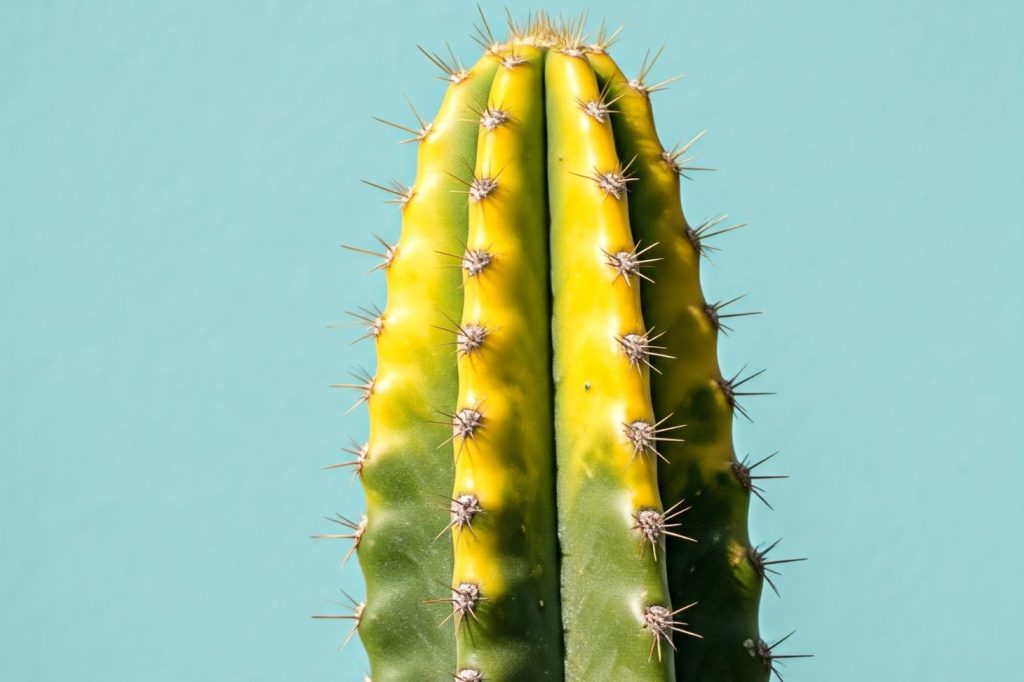
When a cactus experiences sunburn, you may notice discoloration like brown or bright yellow spots. These changes indicate that the cactus tissues have been damaged by too much sun.
Another sign is a scab-like appearance on the surface, which results from the damaged tissue attempting to heal. Keep a close eye on the new growth areas, as they can be more sensitive and show signs of sunburn quickly. If your cactus has altered colors but no physical damage, it has a better chance of recovery.
Sunburn Effects on Cactus Growth
Sunburn can negatively affect how your cactus grows. When photosynthesis is compromised, the cactus reduces its ability to produce the energy it needs to thrive.
Damaged areas might not grow as expected, leading to a stunted or deformed appearance. Recovery is possible, but permanent scarring may remain on the cactus. To help your cactus heal, provide adequate but not excessive sunlight, giving it a chance to recover without further harm.
Botanical Traits and Sun Sensitivity
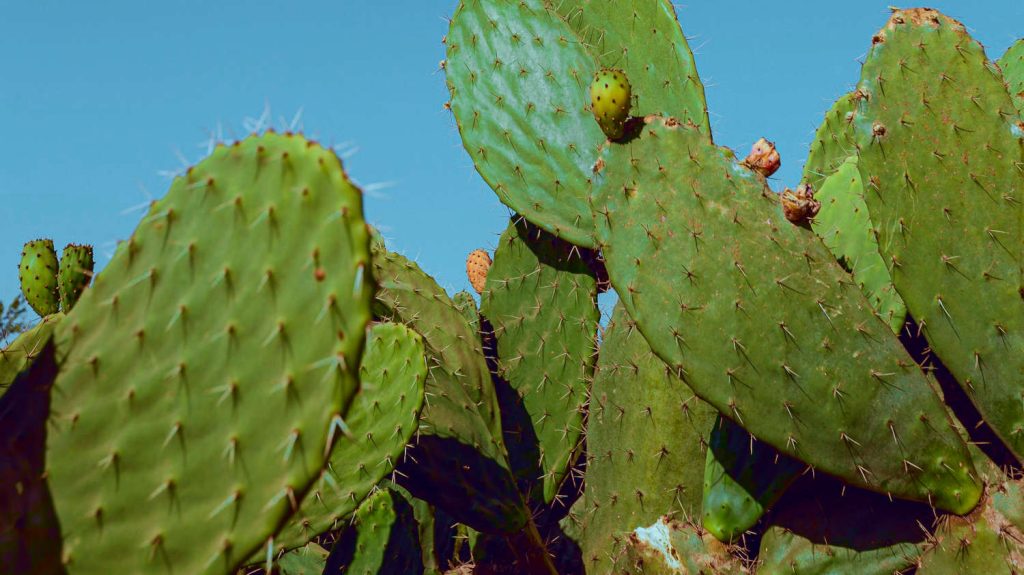
Different cactus species have varied responses to sunlight. For instance, the prickly pear cactus, with its scientific name Opuntia, might handle sun exposure differently than others like the ferocactus. Botanically, the presence of spines can sometimes offer some shade, but that doesn’t guarantee complete protection from too much sun.
Knowing the specific needs of your cactus helps in preventing sunburn. Ensure your cactus is in a suitable environment, considering factors like exposure duration and intensity. Consistent monitoring and awareness keep your cactus healthy and vibrant.
Prevention and Care for Healthy Cacti
Caring for your cacti involves ensuring they get just the right amount of sunlight and implementing effective disease prevention strategies. Proper care keeps your plants healthy and thriving.
Optimal Sunlight Exposure Practices
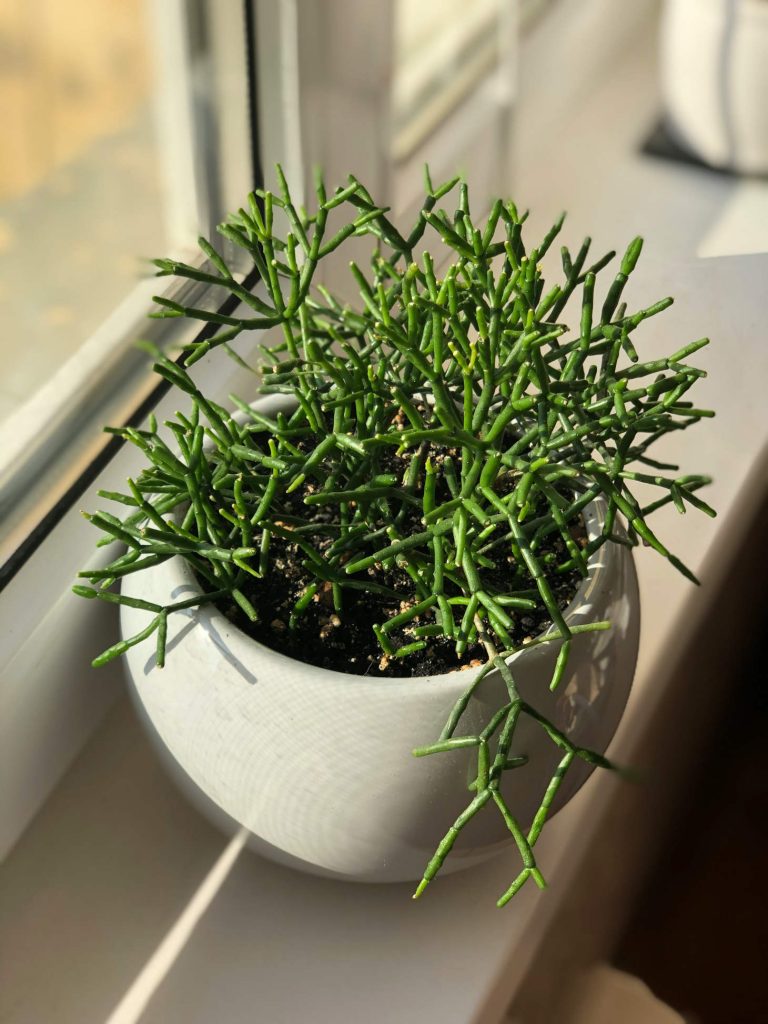
Cacti need sunlight to grow, but too much can cause sunburn. Aim for at least 6 hours of direct sunlight each day (desert cacti). Place your cacti near a window with bright, direct sunlight for optimal growth, although some species may tolerate filtered light.
If moving your cactus outdoors, gradually introduce it to direct sunlight. This helps prevent shocking the plant. If you notice yellowing or brown patches, move it to a shaded area promptly to minimize damage.
Avoid leaving your cactus in one spot for too long. Rotating the pot occasionally ensures even light distribution, promoting balanced growth. During hotter months, consider using a sheer curtain to diffuse direct sunlight. Monitor your cactus closely and adjust its exposure based on the plant’s response.
Recovery and Treatment of Sunburned Cacti
To help your sunburned cactus recover, it’s important to focus on careful rehabilitation and long-term strategies. Proper care will help manage sun stress while ensuring healthy growth. Check with the grower/vender where you purchased your cacti to identify it properly. This will be incredibly valuable for knowing how to care for your spiky friend!
Rehabilitation Approaches
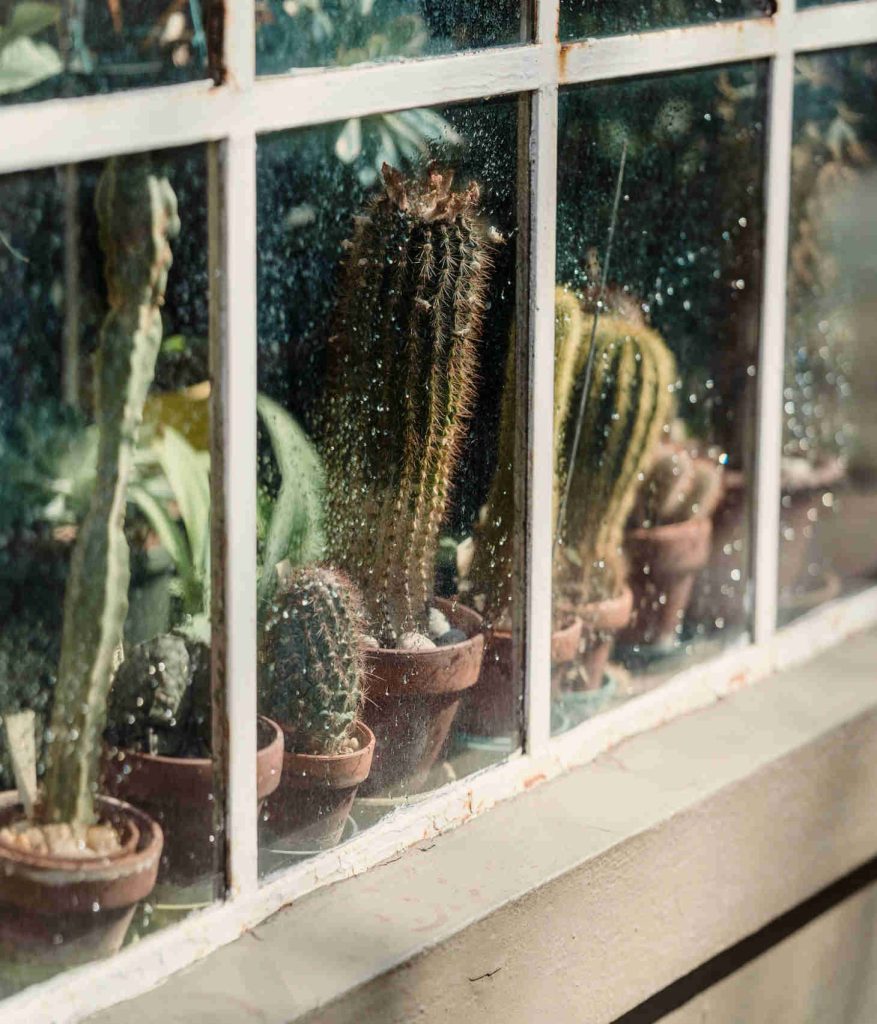
Start by moving your sunburned cactus to a shaded location. Reducing sun exposure will give your plant a chance to heal. Watering is crucial for recovery. Soil should dry out completely between waterings.
Trimming damaged parts can help prevent further stress on the plant. Use clean, sterilized tools to carefully remove severely burnt sections. Assess minor discolorations on the cactus. Prune if they indicate disease or damage.
Introduce your cactus gradually back to sunlight over a few weeks. Partial shade areas are best at the beginning. Make adjustments based on how your cactus responds to the sunlight changes.
Long-Term Recovery
Long-term recovery for your cactus means keeping an eye on sun stress levels. Keeping a consistent watering schedule supports overall health and resilience.
Learn about your specific cactus species to better understand its ideal environment. This includes sun requirements, soil type, and watering needs.
Monitor your cactus regularly for signs of improvement. New growth is a positive sign, while changes in color or texture may need attention. Knowing what typo of cactus you have allows you to adjust your care methods as needed.
By understanding your cactus’s specific needs, you’ll help it recover from sunburn and flourish over time.
Frequently Asked Questions
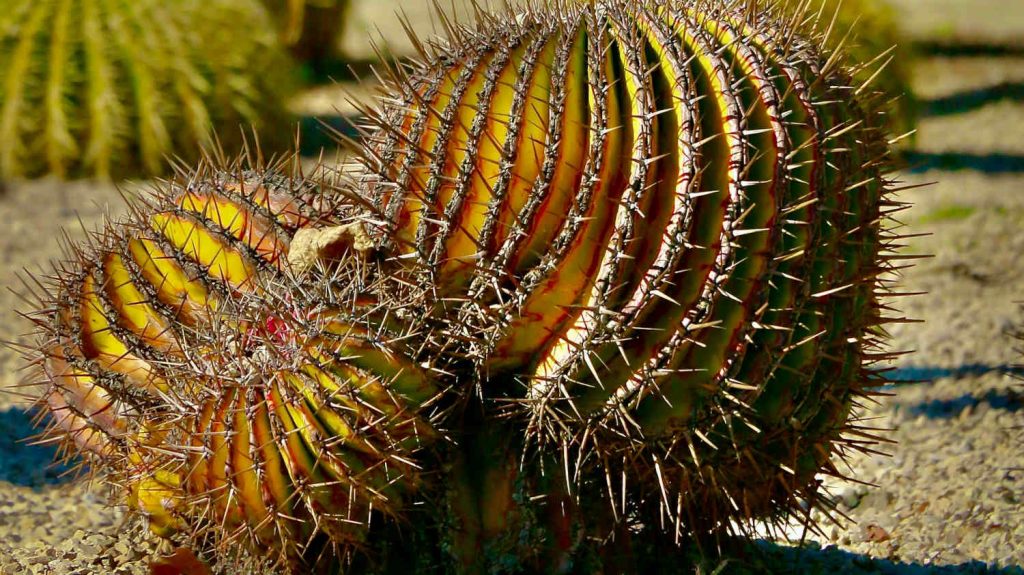
Cactus sunburn can cause various visible changes in your plant. It is important to know how to identify and remedy sunburn, understand other conditions like corking, and learn preventive measures.
How can sunburn on a cactus be identified?
You might notice your cactus turning yellow, brown, or white on the sun-exposed parts. Sunburn often causes discoloration or spots that can appear as patches on the surface of the plant.
What steps should be taken to treat a cactus that has experienced sunburn?
Move the affected cactus to a shaded area immediately. Water the cactus sparingly to keep the soil slightly moist until it recovers. Gradually reintroduce the plant to sunlight over time.
Are there any recovery prospects for a cactus after it has been sunburned?
Yes, sunburned cacti can recover. The key is to provide shade and minimize stress. It might take a while, but with proper care, your cactus has a chance to heal.
What does corking on a cactus indicate, and how does it differ from sunburn?
Corking appears as a brown, firm, and cork-like texture. It is a natural aging process, unlike sunburn, which results from UV exposure. Corking is generally not harmful to the plant.
Why has my cactus turned white after being exposed to the sun?
If your cactus turns white, it indicates severe sunburn. This happens when it receives too much direct sunlight, causing the plant cells to bleach out.
How can sunburn be prevented in succulents and cacti?
Introduce your cactus gradually to more intense light when transitioning between different light conditions. Providing shade during peak sunlight and keeping the soil well-drained are also effective ways to prevent sunburn.

